In 2025, we’re expected to see certain household items become harder to find in stores due to a combination of environmental regulations, manufacturing constraints, and changing market priorities. From cleaning supplies to kitchen gadgets, the scarcity of these products might catch you off guard if you’re not prepared. Whether these shortages are driven by dwindling resources, the rise of eco-friendly alternatives, or global economic shifts, it’s important to plan ahead and stock up wisely. Here’s a list of 13 common household items you might struggle to find in 2025 and some tips on how to prepare.
1. Plastic Food Storage Containers
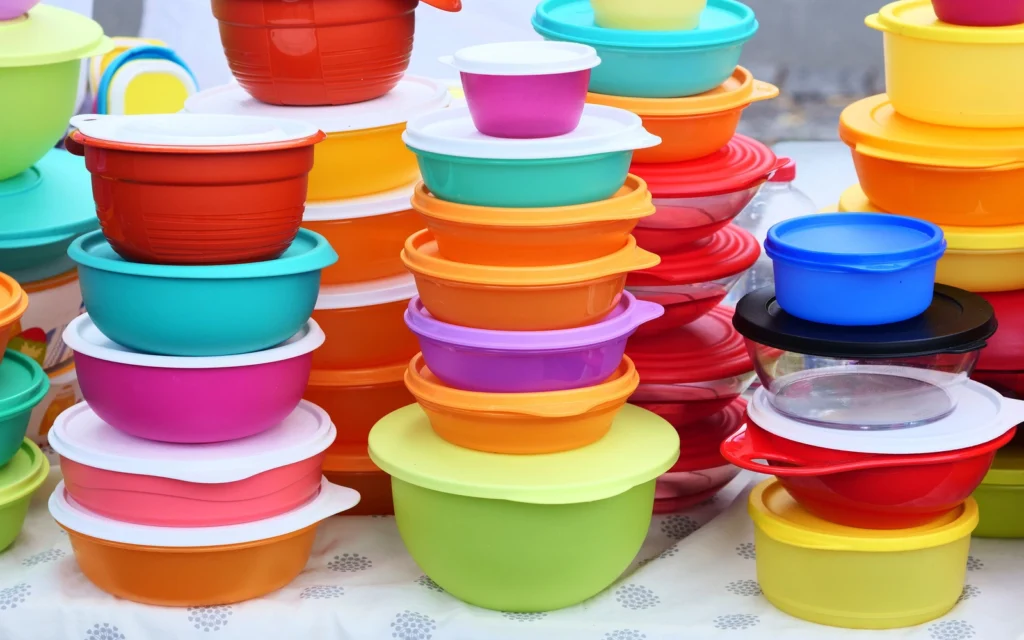
As the push to eliminate single-use plastics intensifies, plastic food storage containers are becoming less common in favor of glass, stainless steel, or silicone alternatives. Many regions are restricting the sale of BPA-containing plastics, driving manufacturers to focus on safer materials. While glass and stainless steel are more durable, they can also be heavier and pricier.
If you prefer lightweight plastic containers, consider buying a few high-quality sets now to ensure you have what you need. Switching to reusable silicone storage bags is another eco-friendly option that’s gaining popularity. To learn more about BPA bans and alternative materials, check out this FDA guide on plastic safety.
2. Traditional Light Bulbs
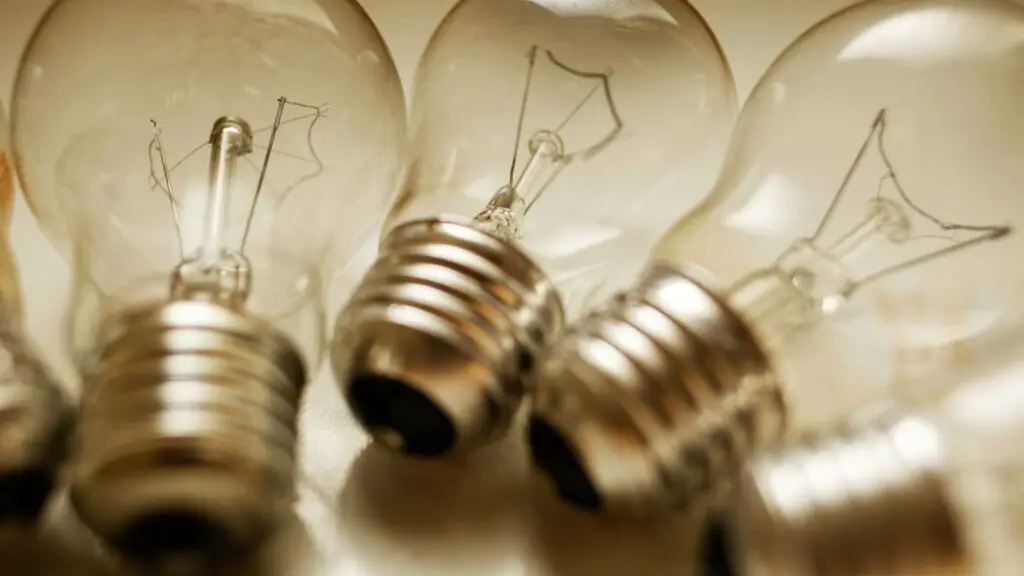
Standard incandescent light bulbs have been phased out in many countries due to their inefficiency, and by 2025, they’re likely to disappear altogether from store shelves. Energy-efficient alternatives like LED and CFL bulbs now dominate the market, offering longer lifespans and lower electricity usage. However, for those who prefer the warm glow of traditional bulbs, the transition may be frustrating.
If you rely on incandescent bulbs for specific fixtures, consider purchasing a small stockpile before they’re gone. Additionally, smart LED options are increasingly customizable, allowing you to mimic the cozy feel of incandescent light with adjustable settings. While this change supports global sustainability efforts, it’s a clear sign of how environmental policies are reshaping everyday products. For an overview of this transition, see this energy efficiency guide.
3. Disposable Plastic Cutlery and Plates
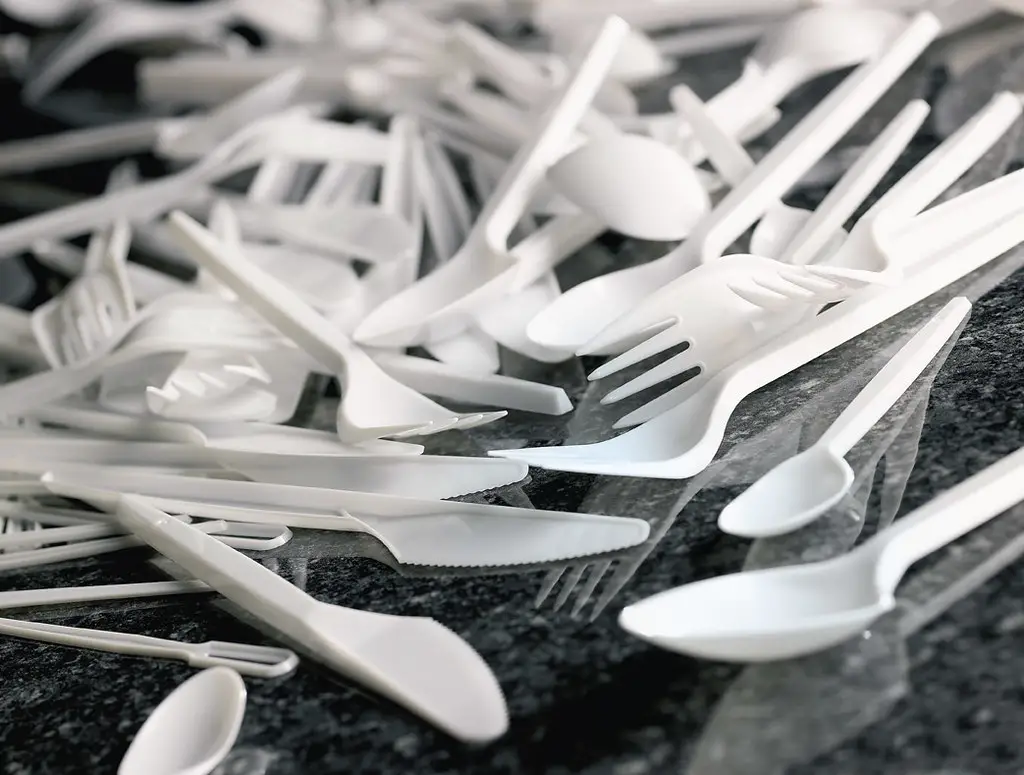
With mounting environmental concerns about single-use plastics, many countries are banning or restricting disposable plastic cutlery, plates, and straws. By 2025, these items will likely be unavailable in most stores, replaced by biodegradable or reusable alternatives. Companies are now offering bamboo utensils, paper straws, and compostable plates to meet demand. While these options are eco-friendly, they can be more expensive and less convenient than traditional plastic.
If you rely on disposable dinnerware for events or picnics, consider buying in bulk now or switching to reusable options to avoid supply issues. Large retailers like Amazon and Costco often stock biodegradable alternatives at competitive prices. To understand the environmental impact of single-use plastics, visit National Geographic’s guide on plastic pollution.
4. Certain Cleaning Products
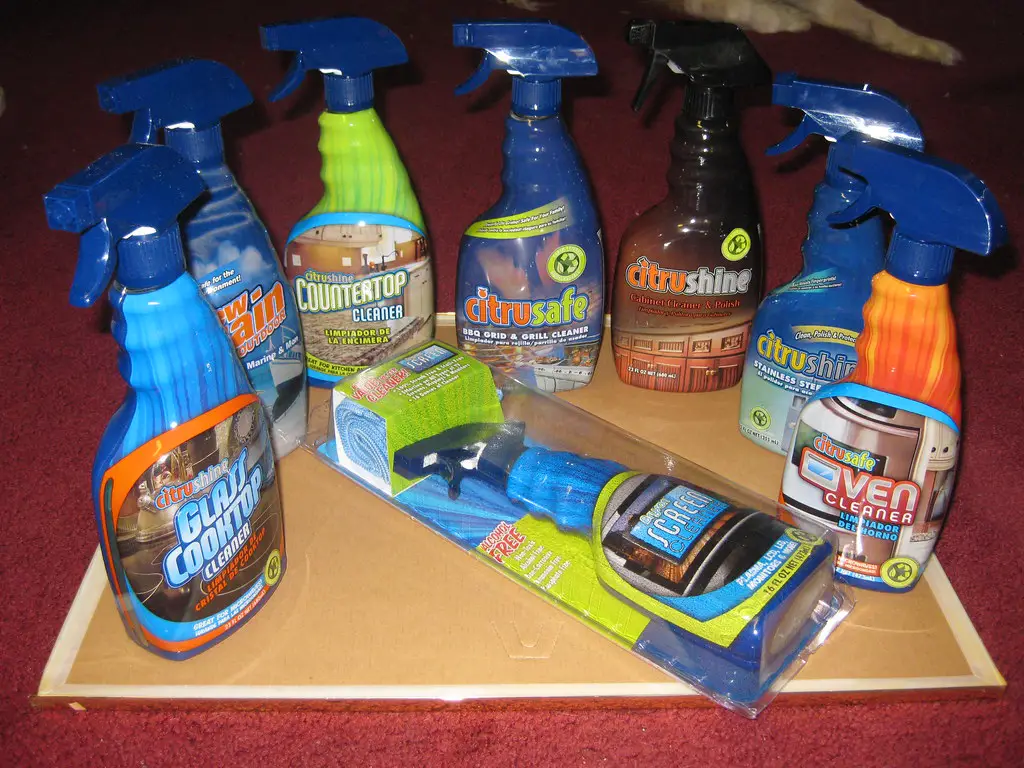
Disinfecting wipes and sprays, such as Clorox and Lysol, saw massive shortages during the COVID-19 pandemic, and similar disruptions could happen again. Manufacturing delays, ingredient shortages, and heightened demand for eco-friendly alternatives may make certain cleaning products harder to find. In 2025, natural cleaners like vinegar-based solutions and reusable cleaning pads are expected to dominate the market.
While these are healthier for the planet, they may not appeal to everyone who prefers traditional disinfectants. To prepare, consider keeping a backup supply of your preferred products and experimenting with DIY alternatives made from baking soda, vinegar, and essential oils. If you want to create your own eco-friendly cleaning supplies, check out this guide to homemade cleaners.
5. Canned Goods
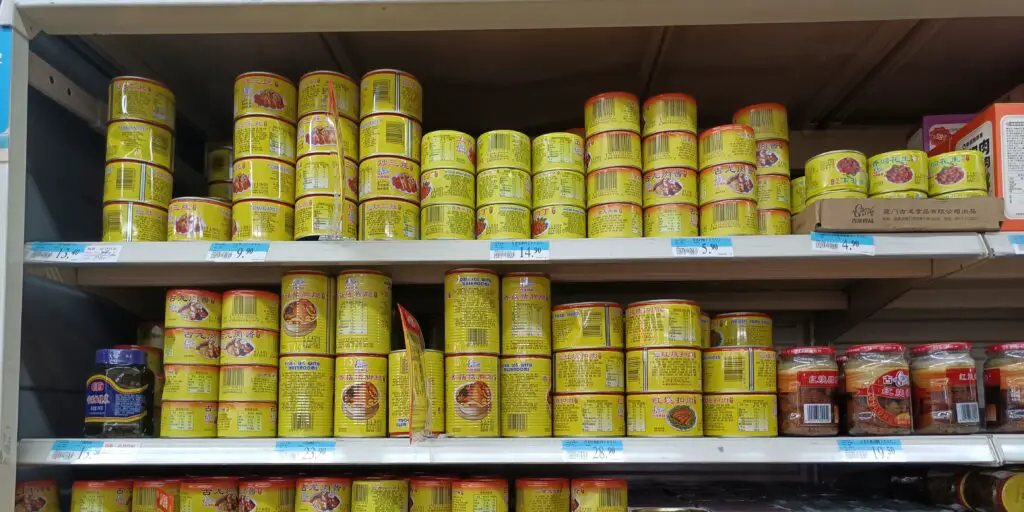
Canned goods, a pantry staple, may become harder to find in stores due to rising costs of aluminum and increased demand for fresh or frozen alternatives. Aluminum prices are expected to climb as recycling efforts struggle to meet global demand, creating supply chain bottlenecks. Additionally, many consumers are moving toward fresh produce delivery services or frozen foods for convenience, further impacting the canned food market.
Items like soup, beans, and vegetables in cans may become more expensive or less available. If you rely on canned goods for long-term food storage, now is the time to stock up on your favorites. Opting for glass-jar alternatives or bulk purchases from wholesalers can also help mitigate the scarcity. For more insights, read this Bloomberg article on aluminum shortages.
6. Paper Towels
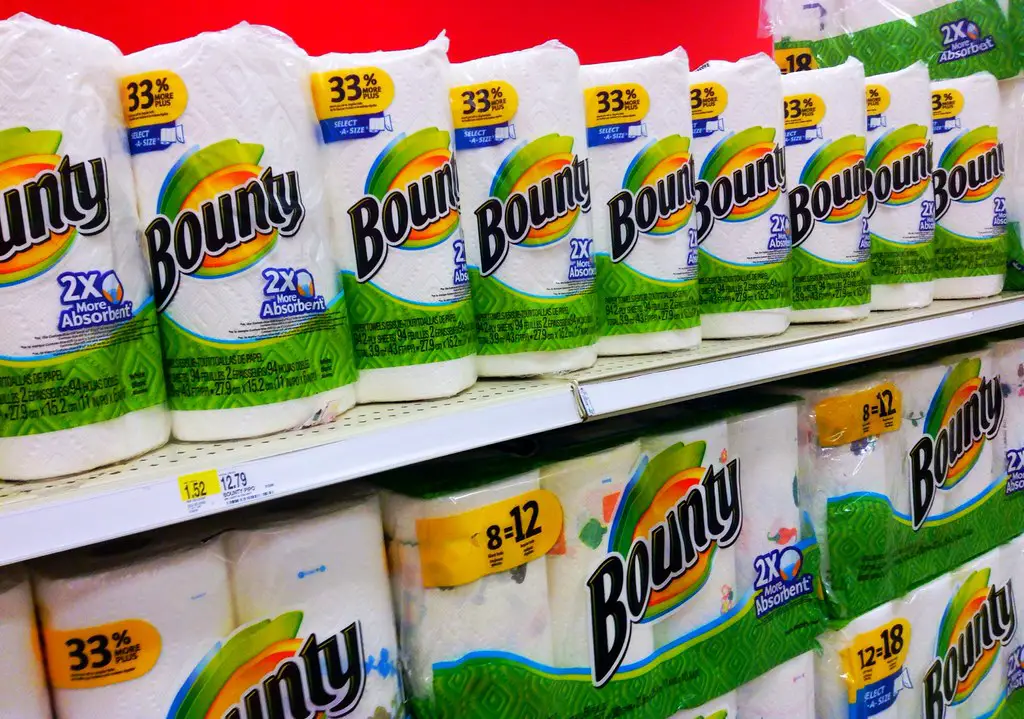
Paper towels are another household item prone to shortages due to high demand and limited supply during periods of crisis. Many people turned to reusable cloth towels during the pandemic, and this shift toward sustainability has prompted some brands to reduce production of disposable paper products. By 2025, reusable alternatives like bamboo towels or microfiber cloths may dominate the market, leaving traditional paper towels less accessible.
If you prefer the convenience of paper towels, consider buying in bulk or subscribing to delivery services that ensure consistent availability. For eco-conscious shoppers, brands like Reel or Who Gives a Crap offer sustainable alternatives that perform just as well. To understand the environmental impact of paper towel production, visit this WWF resource.
7. Batteries
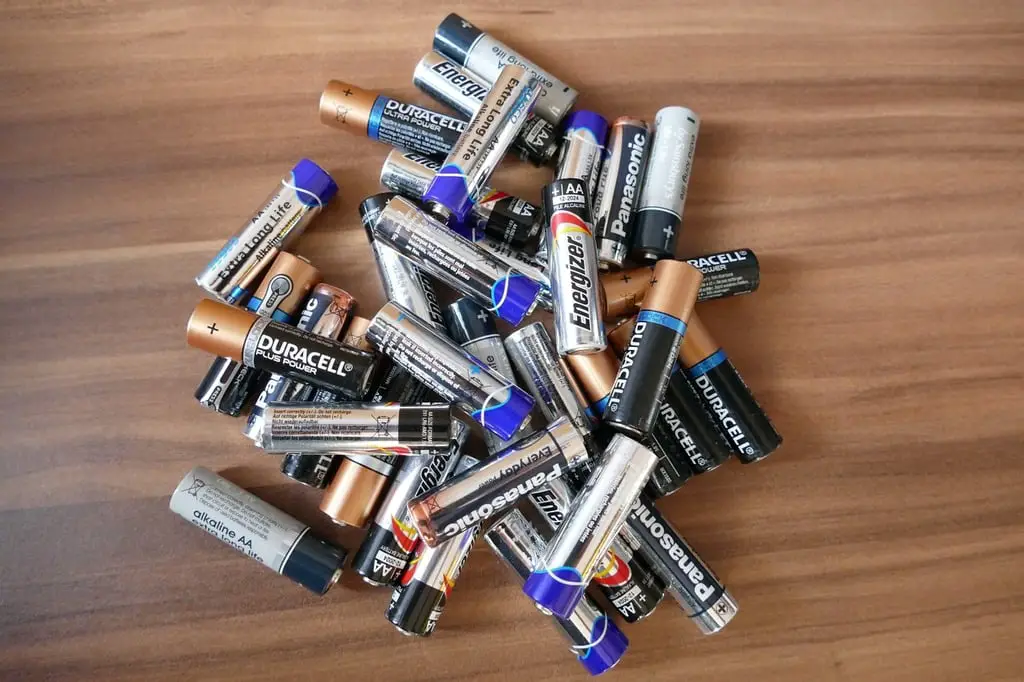
Disposable batteries, especially non-rechargeable ones, may face supply chain challenges in 2025 as manufacturers prioritize rechargeable options. Lithium shortages and the rising popularity of devices with built-in rechargeable batteries have decreased the demand for traditional AA and AAA batteries. This shift could make finding non-rechargeable batteries more expensive or inconvenient.
To prepare, consider investing in rechargeable batteries and a reliable charging station, which will save you money in the long term. Stocking up on disposables for emergencies is still a good idea, especially for items like flashlights or remote controls. For the latest updates on lithium and battery production, see this Reuters article.
8. Toilet Paper
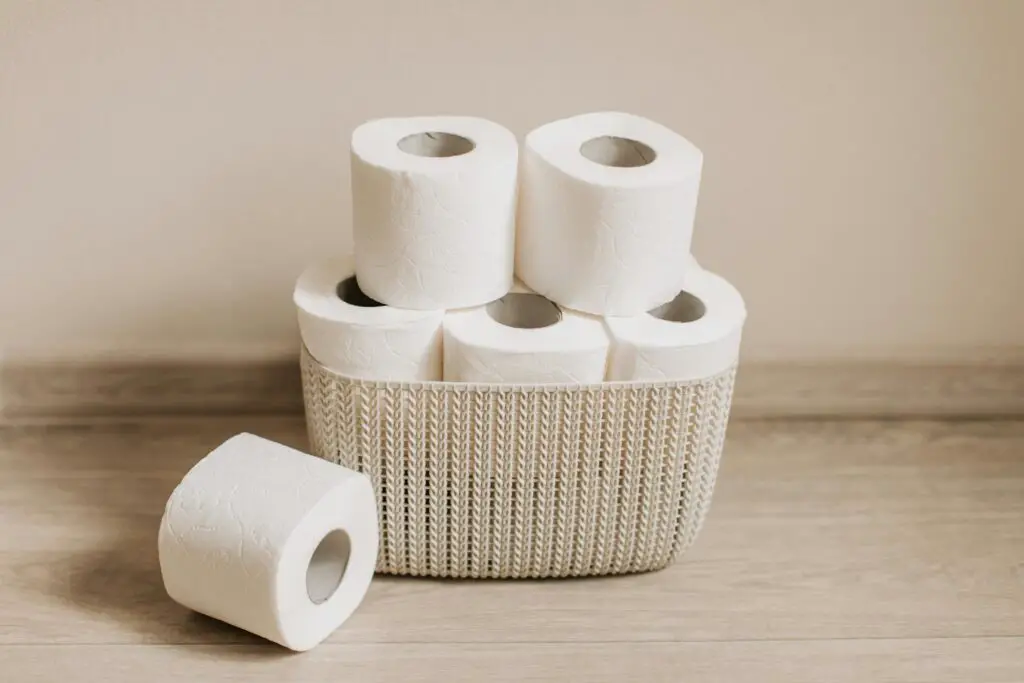
Toilet paper, a commodity many take for granted, has already experienced shortages in recent years due to disruptions in the supply chain. In 2025, rising production costs, environmental pressures, and increased adoption of bidet systems could make traditional toilet paper harder to find or more expensive. Many consumers are turning to bamboo-based toilet paper, recycled paper options, or reusable alternatives like family cloths to reduce waste.
If you’re not ready to make the switch, stock up on your preferred brands now or consider subscription services that deliver regularly. Investing in a bidet attachment is also a smart, eco-friendly choice that saves money over time. For those interested in understanding the environmental impact of toilet paper, check out this NRDC report on sustainable options.
9. Traditional Cookware with Nonstick Coatings
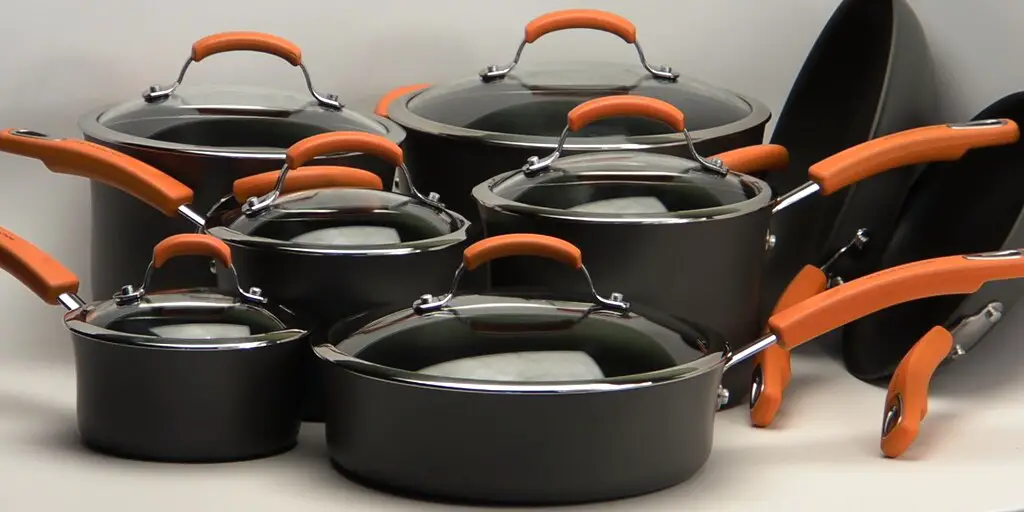
Nonstick cookware, particularly those made with Teflon or other PFAS-based coatings, is being phased out as health concerns grow over the chemicals used in production. Many brands are transitioning to ceramic-coated or stainless-steel cookware, which are safer for health and the environment. However, traditional nonstick pans are still popular for their convenience and affordability, meaning their scarcity could frustrate many home cooks.
If you’re attached to nonstick cookware, consider purchasing high-quality options with long-lasting coatings or transitioning to newer, safer alternatives now. Brands like GreenPan or Caraway offer chemical-free nonstick options that are durable and easy to clean. For more information on the risks associated with nonstick coatings, visit this Harvard Health article.
10. Gas-Powered Lawn Equipment
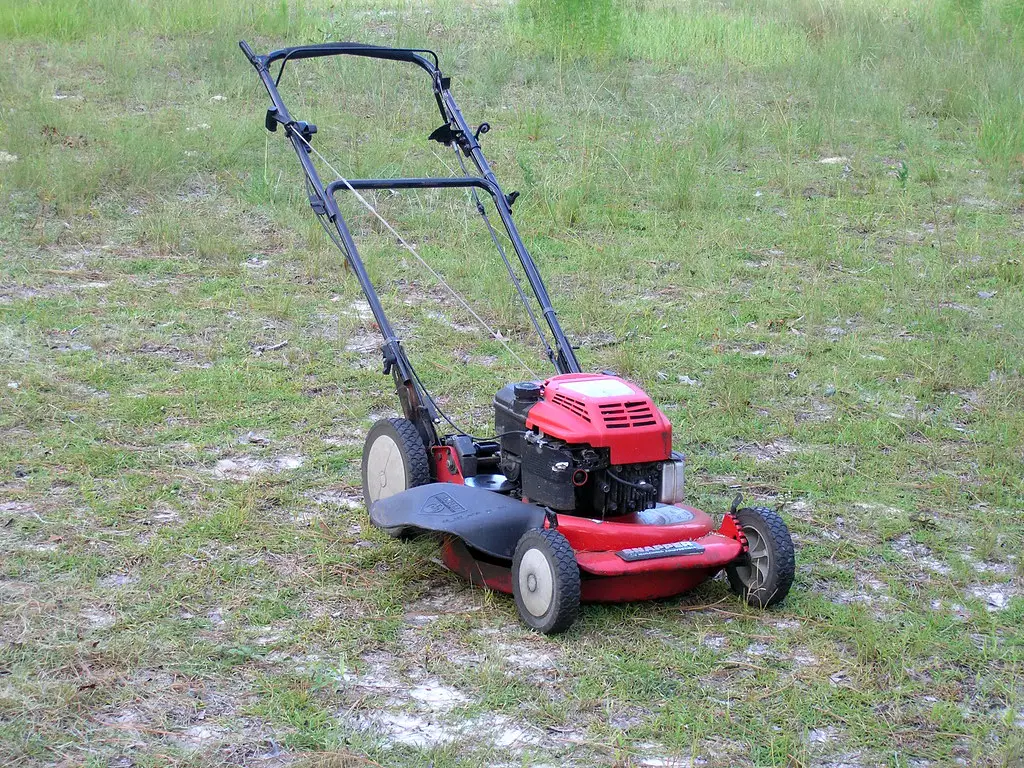
As more states enact bans on gas-powered lawn equipment, traditional tools like gas mowers, leaf blowers, and chainsaws will become harder to find. Many regions are switching to electric or battery-powered alternatives to reduce carbon emissions and noise pollution. For example, California has already passed legislation requiring the sale of only zero-emission outdoor power equipment by 2024. While this shift is great for the environment, homeowners who prefer or rely on gas-powered equipment may find themselves scrambling to find replacement parts or new units.
To prepare, consider investing in high-quality electric tools now or stocking up on spare parts for your current gas-powered equipment. If you’re unsure about making the switch, hybrid options that combine battery power with traditional fuel may ease the transition. For more on this shift, check out this EPA report on emissions from lawn equipment.
11. Old-Fashioned Alarm Clocks

The rise of smartphones and smart home devices has rendered traditional alarm clocks nearly obsolete. In 2025, you’ll likely struggle to find basic analog or digital alarm clocks in stores, as manufacturers shift their focus to multifunctional gadgets. While many people rely on their phones for alarms, others prefer a dedicated device to minimize screen time before bed.
If you’re one of the latter, consider investing in a high-quality alarm clock now. Look for models with extra features like sunrise simulation or white noise to enhance your sleep routine. For insights on how traditional alarm clocks compare to modern sleep technology, check out this Sleep Foundation article.
12. Corded Appliances

Corded appliances like vacuums, irons, and hairdryers are gradually being replaced by cordless, rechargeable models. While cordless options are more convenient and versatile, they often come at a higher price point and may not match the power of their corded counterparts.
By 2025, corded versions of many small appliances could become rare in stores, as manufacturers focus on wireless innovations. If you prefer corded appliances for their reliability and affordability, consider purchasing backups now. Additionally, maintaining your current appliances through regular cleaning and repairs can extend their lifespan. For more on the transition to cordless devices, read this Consumer Reports guide.
13. Paper-Based Calendars and Planners

As digital organization tools like Google Calendar and Notion dominate the market, paper-based calendars and planners are becoming less popular. By 2025, many retailers may stop stocking traditional planners altogether, favoring eco-friendly digital alternatives. However, for those who enjoy the tactile experience of writing down appointments and to-do lists, this could be a disappointing trend.
If you prefer paper planners, stock up on your favorite brands or explore options from companies that specialize in high-quality, sustainable stationery. Brands like Erin Condren and Passion Planner still cater to this niche market with innovative designs and materials. For a discussion on the decline of paper planners, see this Forbes article.
